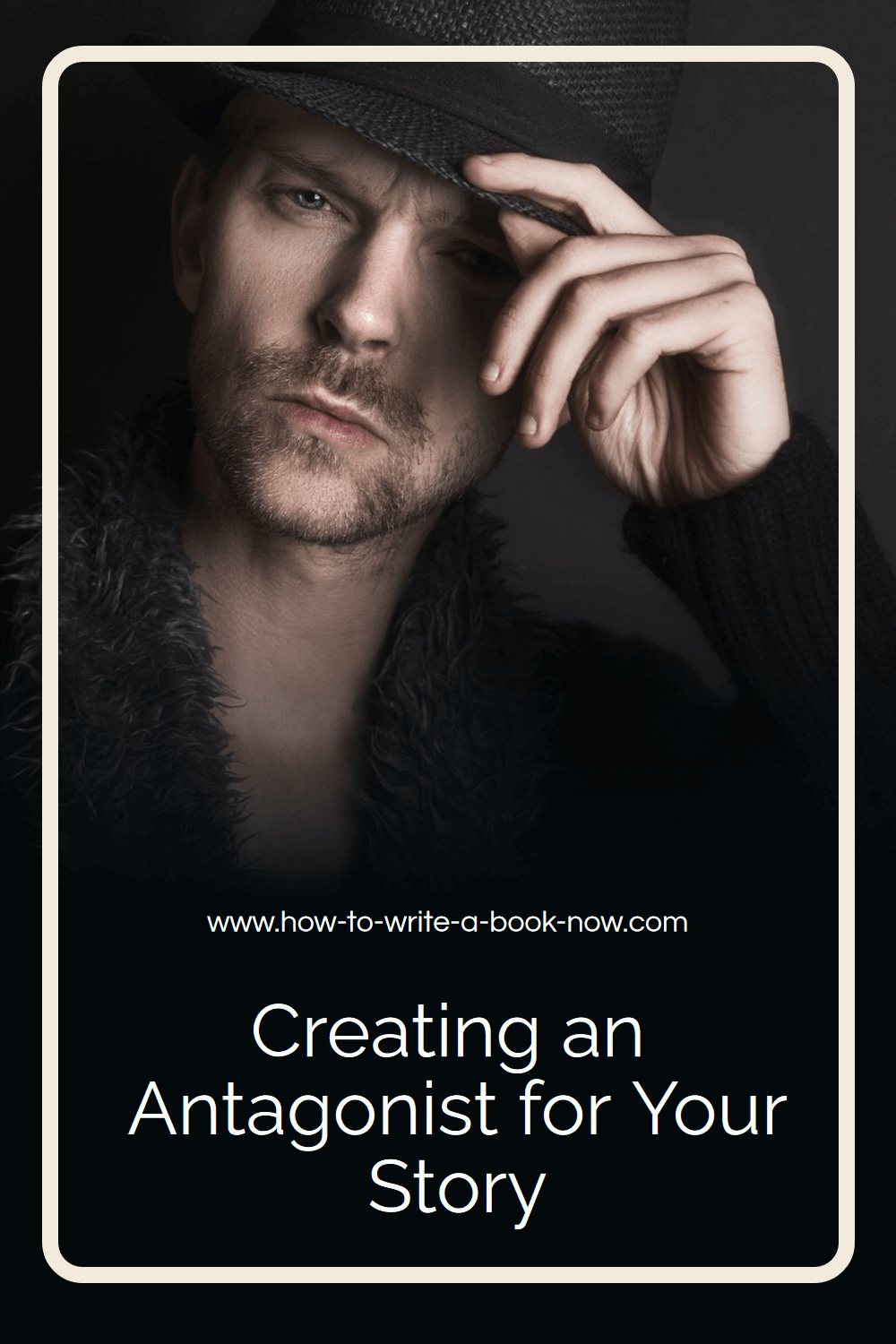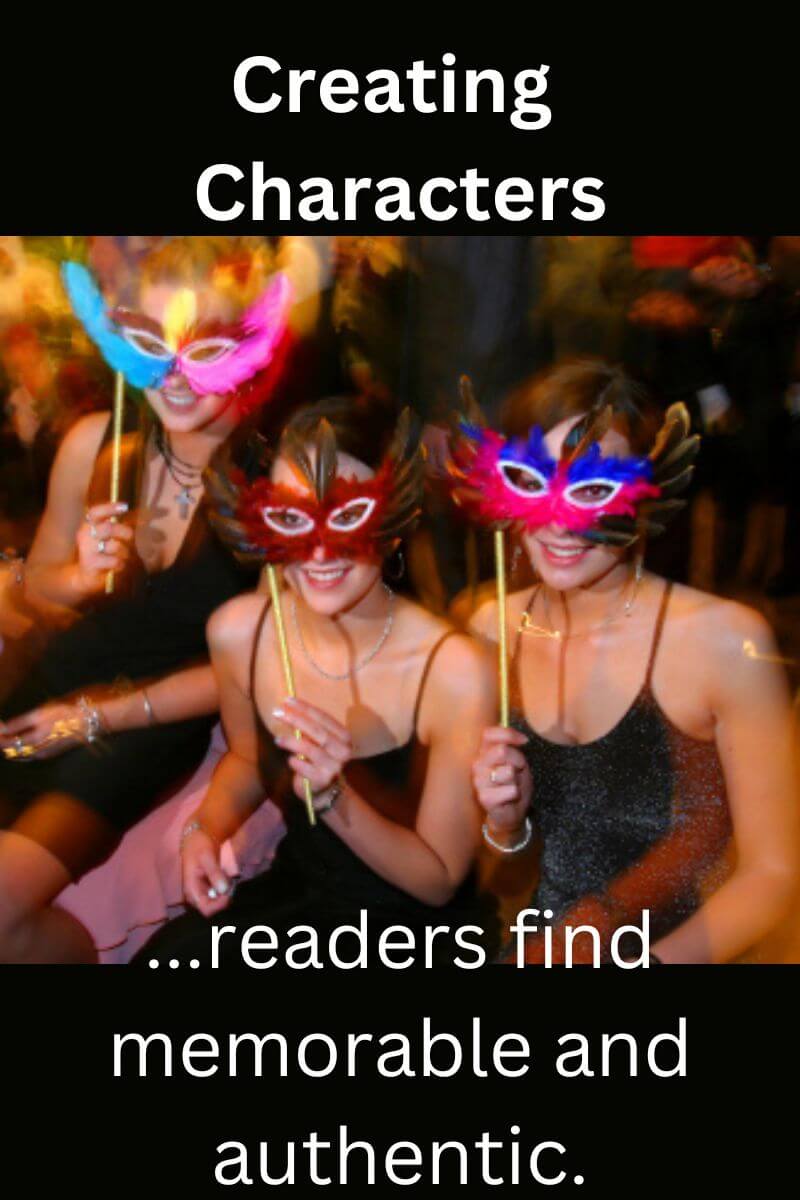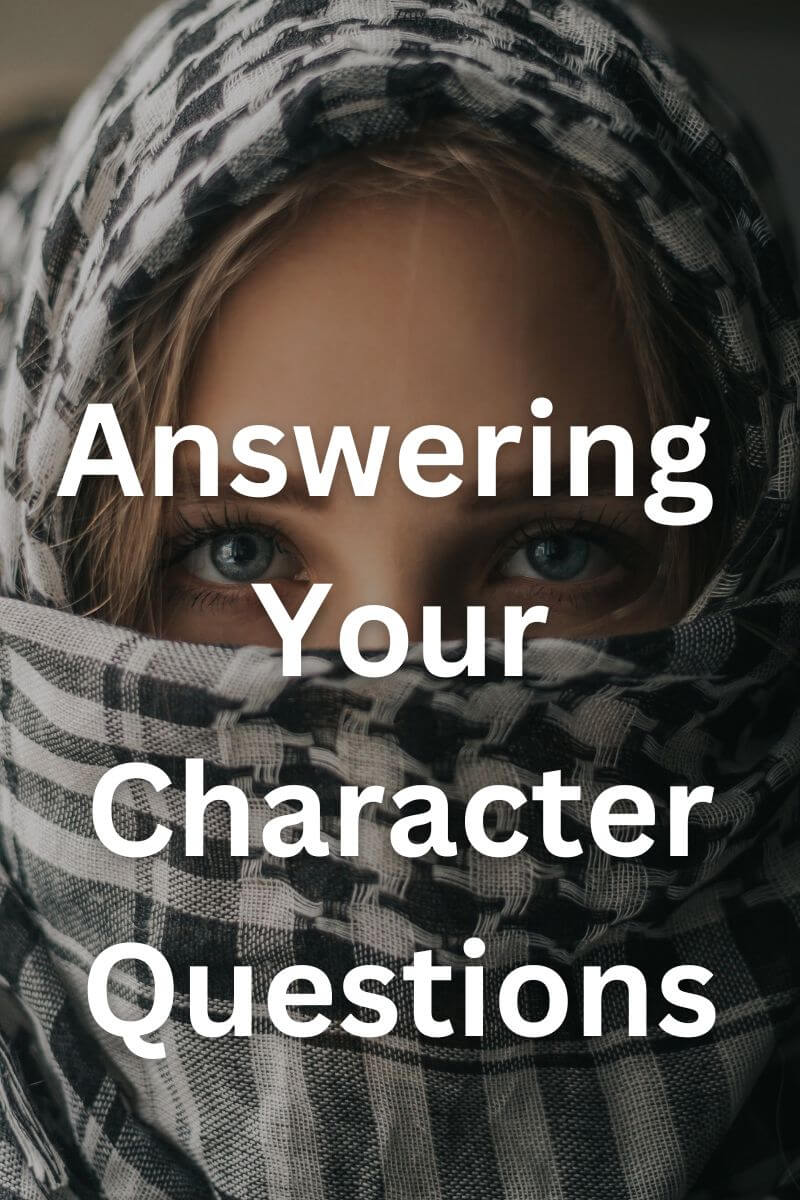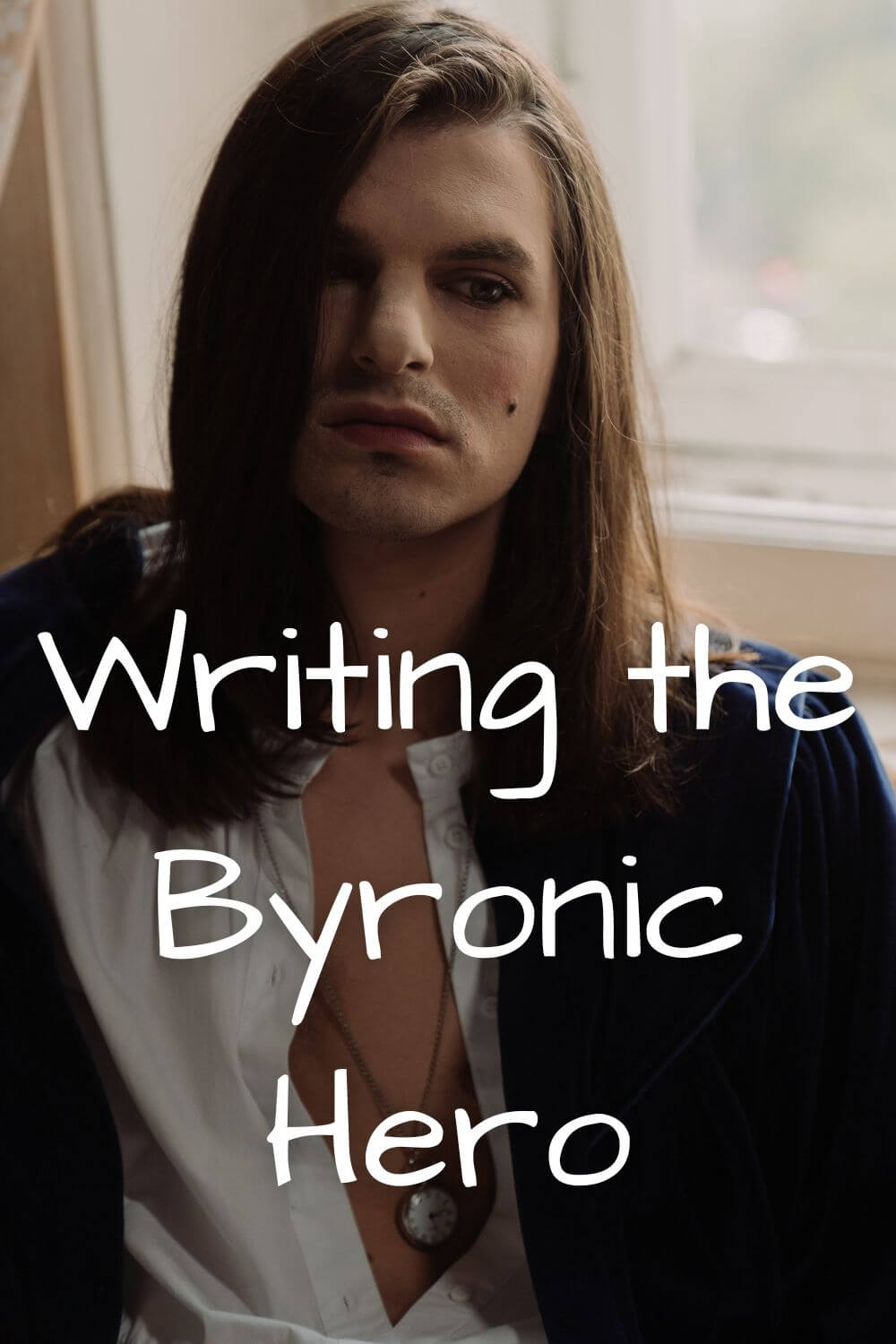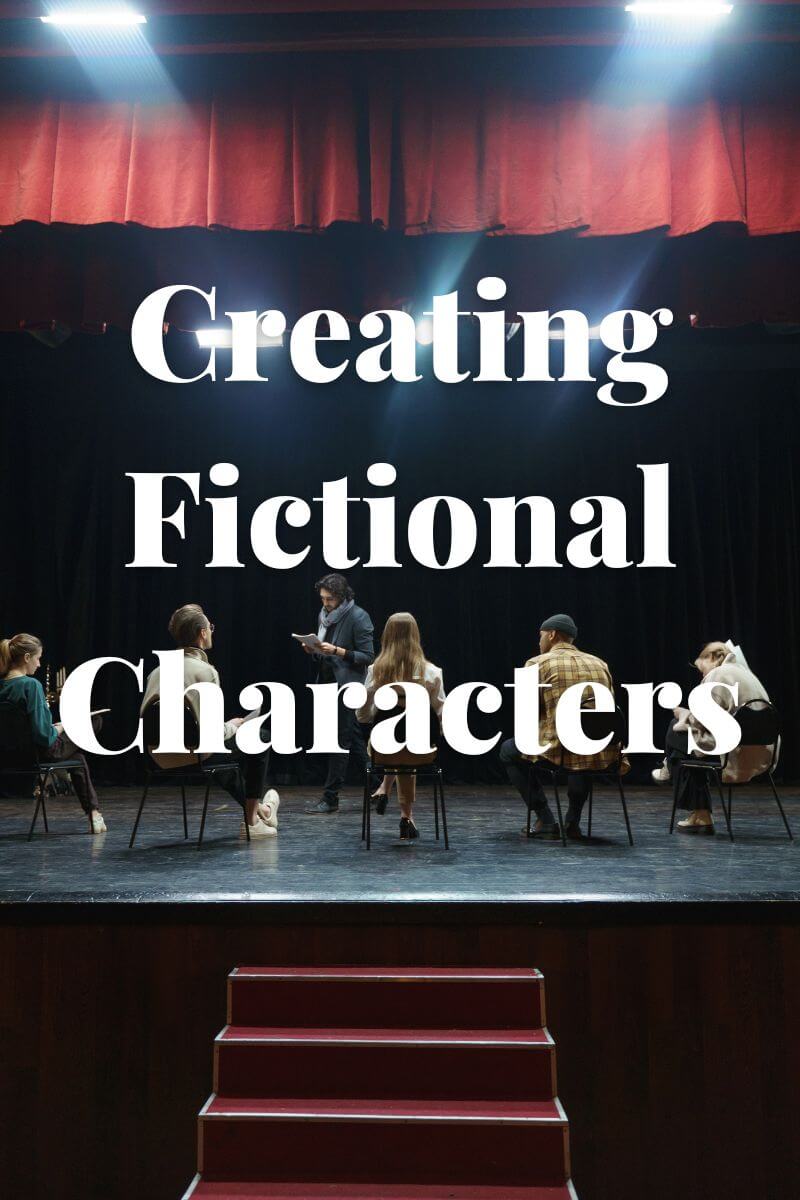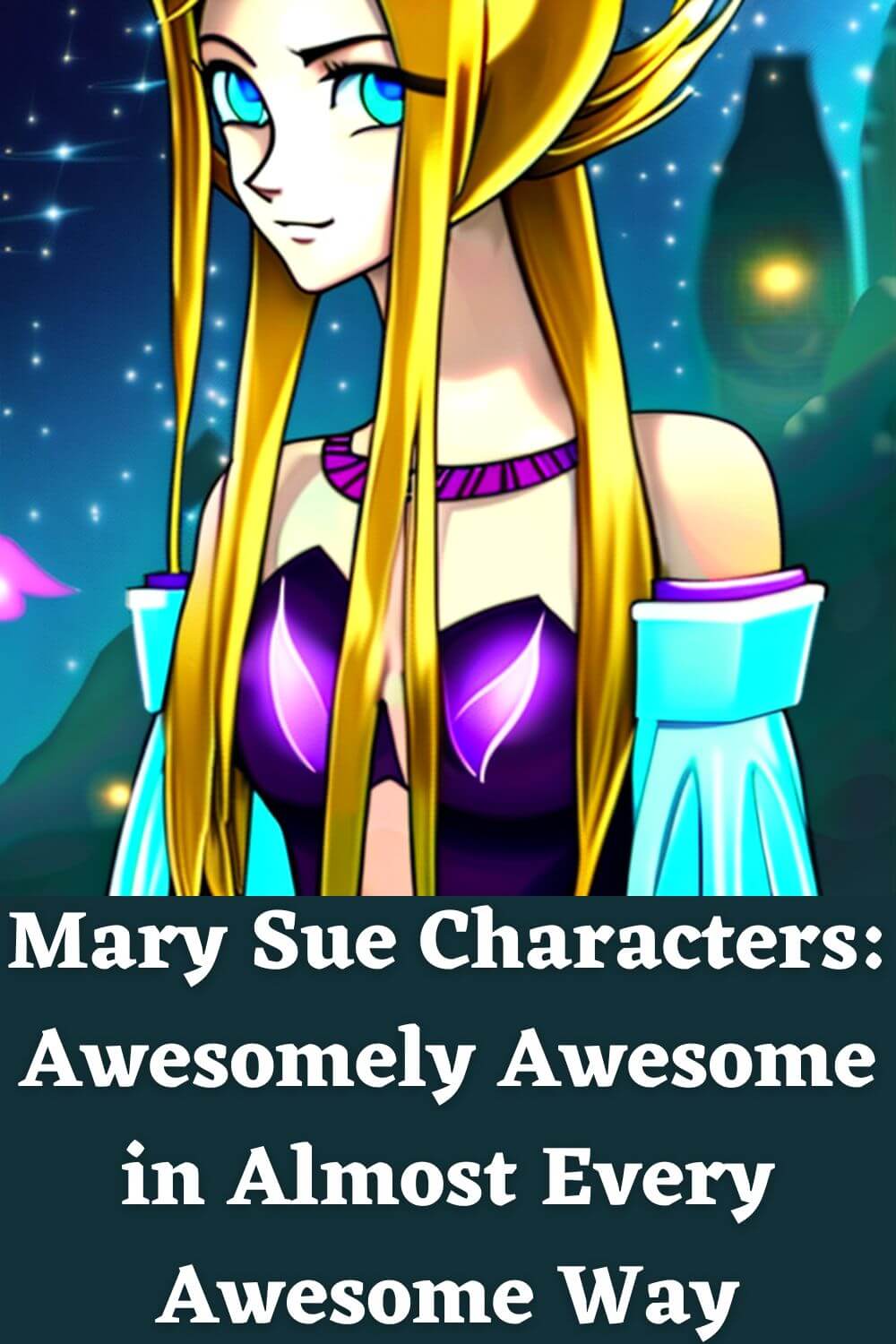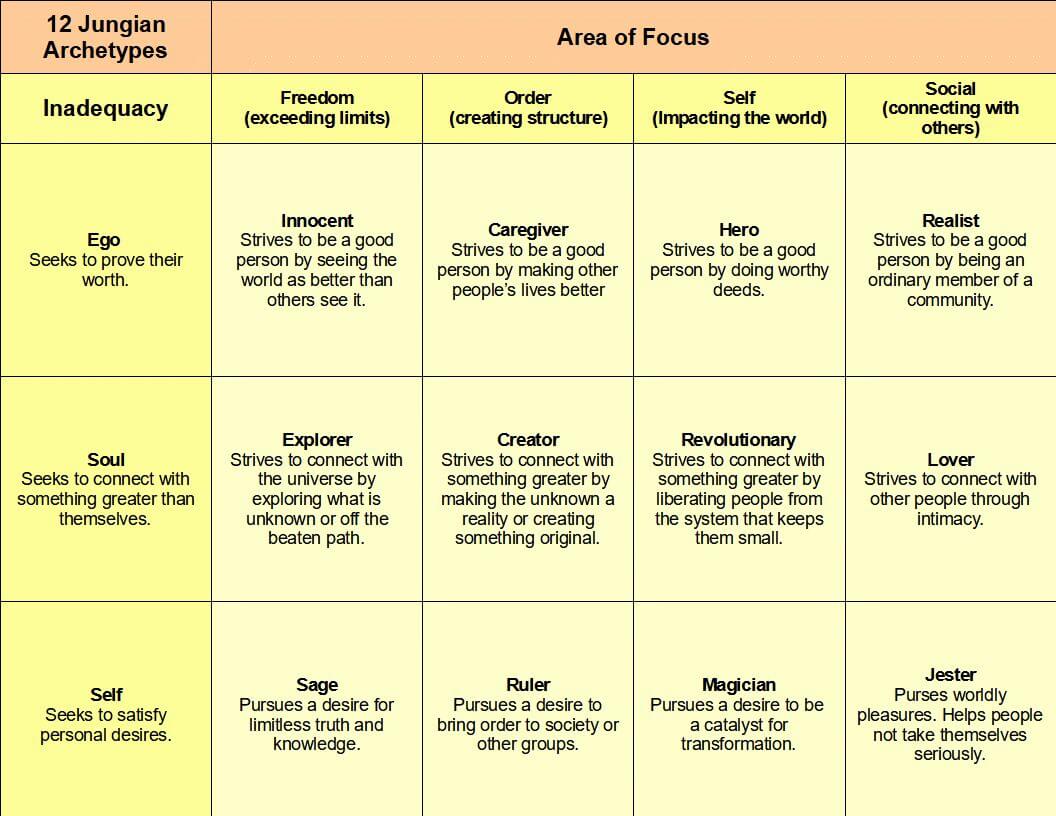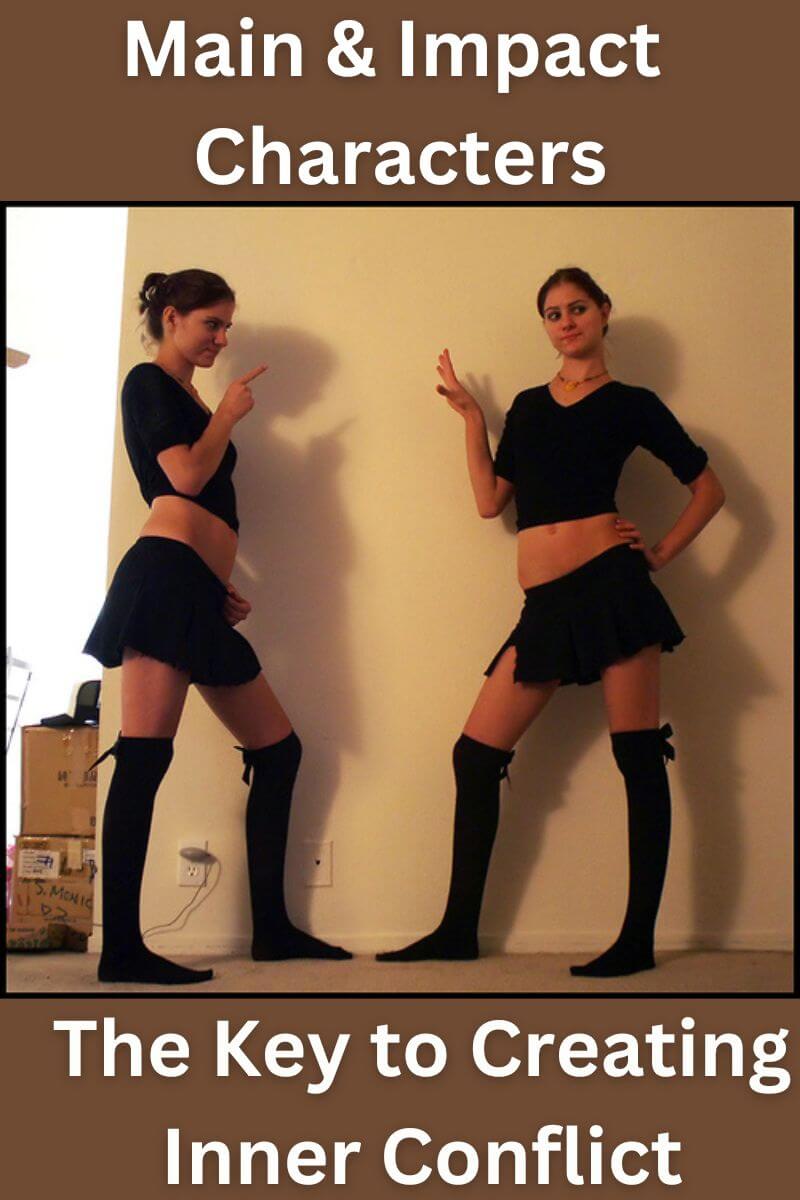Creating an Antagonist
By Glen C. Strathy
Creating an antagonist doesn't come easily for many writers. The word "antagonist" conjurs images of monsters, or evil men dressed in black, rubbing their hands, and cackling insanely over their nefarious plans. And while that sort of villain make an appropriate antagonist in some stories, it would be out of place in many others.
And yet, every story with a well-structured plot will have an antagonist of some kind. Most seem like ordinary people you are likely to encounter in real life. Many could not even be called "evil." Yet creating an antagonist is an important step in giving your story a sound dramatic structure that will keep readers engaged. So let's look at what makes a good antagonist.
An Antagonist is Not Necessarily a Villain.
The first thing you should know about creating an antagonist is that an antagonist is not always -- and perhaps not even usually -- a villain.
The words "protagonist" and "antagonist" come from ancient Greek drama where they literally mean "first actor or contestant" and "opponent."
In theatre tradition, the protagonist enters the stage from the left (from the perspective of the audience), with a purpose or intention. The antagonist enters from the right and provides an obstacle or resistance that the protagonist must overcome in order to achieve his purpose.
So antagonists do not need to be possessed of any malice or evil intent (though they could be). The antagonist is simply a force that opposes the protagonist. Drama needs an antagonist, because without any opposition or resistance to overcome, and no conflict to resolve, the protagonist could achieve their goal quickly and easily. Not only would that make for a boring story, it would also make the protagonist's achievement seem less meaningful. Good stories are about people accomplishing difficult goals, and you need an antagonist to make the goal difficult.
It follows that sometimes the villain of a story could be the protagonist and the hero or "good guy" could be the antagonist. For instance, if a story begins with the villain embarking on the pursuit of a selfish goal that will harm innocent people, the hero would be the antagonist who opposes and perhaps stops the villain from achieving his aim. As readers, we tend to perceive the primary point-of-view character as the hero, especially if they are sympathetic. But some stories are written from the point of view of a sympathetic antagonist.
Regardless, the essence of what makes an antagonist is that they oppose whatever goal the protagonist is pursuing. This creates conflict and makes for an interesting story. The reader will keep reading to find out if and how the protagonist is able to overcome the antagonist and succeed.
Know Your Story Goal First
The second thing you should know when creating an antagonist is what purpose or intention the antagonist will oppose.
Obviously, every character in a story can have their own purpose, sometimes more than one. The main character may have external goals (things he wants to achieve in the world) as well as internal goals (dilemmas to resolve about values, feelings, judgments, and what approaches to take). There may be a goal shared between two people (the main and impact character) as part of their relationship arc.
However, there is one particular goal that is key to creating an antagonist. Dramatica theory calls this the story goal.
The story goal is a goal or concern that most of the characters are involved in or affected by, whether they are for it, against it. The success or failure to achieve this goal will have the biggest effect on the story world.
While the story goal concerns most characters, the protagonist will be the primary character pursuing the story goal. Either the protagonist will be leading the charge or they will be the character whose effort will be front and centre.
For instance, in The Lord of the Rings, everyone in Middle Earth will be affected by the destruction of the One Ring (or the failure to destroy it). Most of the characters we encounter are either supporting the effort to destroy the ring or trying to stop it from being destroyed. But the protagonist is Frodo, who is primarily responsible for the ring's destruction. The antagonist is Sauron, who wants to prevent the ring from being destroyed, so he can regain his former power.
In Pride and Prejudice, all the characters are concerned with the goal of finding a spouse. The main character is Elizabeth Bennet who eventually marries Mr. Darcy. However, all the young men and women are also seeking a spouse -- Elizabeth's sisters, her best friend Charlotte, Mr. Collins, Mr. Bingley, Mr. Bingley's sister Caroline, and Mr. Wickham. They don't all want to marry Mr. Darcy, obviously, but they do want to find a spouse for themselves. And the characters who are not seeking marriage, such as Elizabeth's parents and Lady Catherine, are still seeking a good spouse for one of their relatives.
Because the story goal is marriage, the antagonist is the obstacle that gets in the way of that goal. Initially, the character who opposes marriages is Mr. Darcy. He thwarts Mr. Wickham's attempt to elope with his sister and nearly prevents Jane's marriage to Mr. Bingley. He also holds out against his own feelings for Elizabeth (for as long as he can). Later the role of antagonist passes to Lady Catherine who opposes Elizabeth's marriage to Mr. Darcy.
When you set about creating an antagonist, it helps to know what your story goal is. What problem is afflicting or threatening the world? What is everyone concerned with achieving? What is someone trying to accomplish that will affect everyone else?
Once you know this, you can ask yourself who would be best suited to oppose the story goal. Who might have a good reason to oppose it? Who would naturally want to oppose it? Who might be in a good position to oppose it? Whose interests would the goal threaten? You may want to spend some time brainstorming various possibilities until you settle on the best possible antagonist.
Not All Antagonists are People
It's important to note that not all antagonists are individual human beings.
Imagine you are writing a story about someone stranded on an ice flow in the arctic. In such a story, the goal may be to survive. The antagonist that opposes that goal and creates challenges for the protagonist may be the environment -- Nature itself.
Sometimes an animal can be an antagonist. An example would be the short story "Leiningen vs the Ants," in which the antagonist is a horde of army ants. Moby Dick has a sperm whale as the antagonist.
You could write a story in which a group of people are the antagonist, rather than an individual. In war stories, for example, the antagonist is often an opposing army composed mainly of faceless soldiers.
A non-human force or entity can be an antagonist. In the novel, A Wrinkle in Time, the antagonist is a mysterious force called "The Black Thing" that is spreading across the cosmos, suppressing free will and love on every planet it reaches.
You could write a story in which the community or society is the antagonist who opposes the protagonist's (and everyone else's) desire to freely express their individuality. Lots of stories like this exist -- e.g. 1984, A Clockwork Orange, The Trial and Brazil (film).
Sometimes with such stories, the writer ends up creating a human antagonist who can be the spokesperson for social order, like President Snow in The Hunger Games, because it's easier for the protagonist to have a debate or confrontation with a human being. In other stories, it is clear that the human spokesperson is merely an agent of a faceless order that holds the real power. For example, in the TV series, The Prisoner, the person in charge of the prison is always called Number Two, and changes with each episode. As for Number One... he symbolizes the system itself and is never seen in the flesh, though his power is felt.
It is worth noting that the antagonist is almost always an external entity. The main character may have an internal conflict in which he wrestles with his own feelings, attitudes, desires, or beliefs. But, with a few exceptions, these internal forces don't make for good antagonists.
Creating an Antagonist Who is Unique
The process of creating an antagonist who is ideally positioned to oppose the story goal already helps make the antagonist feel less generic. After all, there are may types of story goals, and an infinite number of unique protagonists in unique situations you can choose to write a story about. Every unique protagonist and situation requires a unique antagonist who is best suited to oppose the story goal.
Assuming your antagonist will be a human being, you can make them feel unique by taking the time to develop the character. You may create a backstory for the antagonist that explains their opposition to the story goal. You may assign them traits that make them predisposed to oppose the story goal. Or you might put them into a situation that gives them a solid and understandable reason for opposing the protagonist. The antagonist's reasons may not be morally or ethically sound, but they should feel justified to them.
For instance...
Writing a romance? Perhaps create an antagonist who has a good reason for keeping the lovers apart. Perhaps the antagonist is a rival or the parent of one of the lovers who has other plans for their child. Could there be someone whose self-interest would be harmed by the romance?
Writing a mystery? The person who most wants the detective to not solve the case will probably be the murderer who doesn't want to face prison. You should also give the murderer an understandable reason for committing the crime of murder in the first place.
Writing an adventure? Whatever the quest or mission of the adventurers, create an antagonist who wants them to fail -- perhaps for selfish reasons such as power or riches.
Writing a thriller? The protagonist will likely be a villain with an evil, selfish plan, and the antagonist/main character will be a good person who wants to stop the villain in order to save the world, the lives of others, or his country.
The American Film Institute has created a list of the top 100 villains in movies. You may want to look at some of the best villains in your genre. However, I would suggest you resist the temptation to generalize the traits of villains and instead look at how each villain is uniquely suited to the story they appear in, while still fulfilling the purpose of opposing the story goal. You want the villain of your story to be just as unique and effective.
Make Your Antagonist Feel Real
Remember that every antagonist, no matter how evil and villainous, will not see himself as a bad guy. Nobody does. Everyone thinks they are right. Everyone thinks their actions are justified or moral under the circumstances. Everyone thinks their cause is just.
When creating an antagonist, make sure their actions make sense from their perspective. Give them a way to see themselves as in the right. The more they feel their actions are justified, the more motivated they will be to carry them out, and the stronger the opposition they will offer the protagonist. Even if your antagonist is insane, they will have some twisted logic that justifies their actions in their own mind.
Creating an Antagonist to be Sympathetic or Unsympathetic?
In most stories, you want the hero to be sympathetic and the primary point of view character. If the hero is the protagonist, they will pursue a story goal that is just, moral, or worthy. The antagonist will be a villain who opposes the story goal with a selfish disregard for other people. Thus, the protagonist will have the moral high ground, which gives the reader a reason for being on the hero's side.
In other stories, the protagonist is the villain pursuing a selfish goal, and the reader views the story from the point of view of the the antagonist who is the hero attempting to stop the villain and protect others. Again, the hero has the moral high ground.
But then there are stories where it is less clear who has the moral high ground. Many writers will create an antagonist/villain who is at least partly sympathetic, in order to make them seem more believable -- even as they pursue selfish aims or attempt to stop the hero from achieving a worthy and moral goal.
At the same time, a writer may choose to make the hero's cause less than perfectly just or make them a little unsympathetic.
The risk you run when you make characters ambiguous is that the some readers may see the villain as the hero and take their side. You may end up giving a thematic message quite different than you intended.
I suggest that it's fine to give the villain/antagonist a backstory that makes their actions understandable without excusing them. The reader should be able to look at the the antagonist and realize that, if they were in that person's shoes, they might do the same thing. Yet at the same time, the reader should see that the antagonist's actions are selfish and morally wrong.
Something else that helps convey the moral argument of the story is to make the villain/antagonist unlikable. If you give an antagonist unlikable traits, the readers will find them less sympathetic and quickly recognize that they should be rooting for the hero.
Will Your Antagonist Also be Your Impact Character?
In some stories, the antagonist is not only someone who opposes the story goal. The antagonist can also be someone who makes the hero question their own convictions, approaches, beliefs, values, or feelings. They may attempt to persuade the hero to switch sides in the conflict.
Dramatica theory calls such a character an impact or influence character. Impact characters can be very useful because they help develop the main character's inner conflict. You can use such an antagonist to create suspense. Will the main character give in to temptation at the crisis and join the villain?
Of course, to make this work you may need to give the main character a relationship with the antagonist, so there are opportunities for the antagonist to offer persuasive arguments to the main character, leading up to the moment when the main character will decide whether or not to give in to temptation.
- Home
- Write a Novel
- Creating Characters
- Creating an Antagonist
